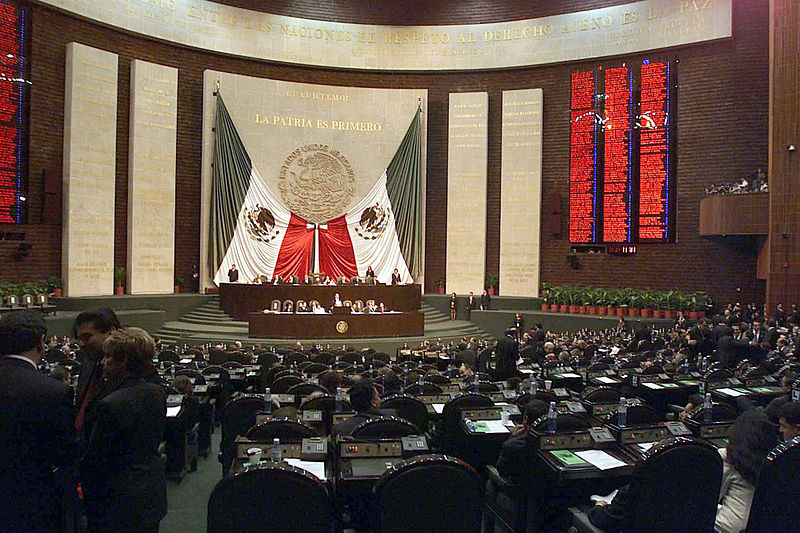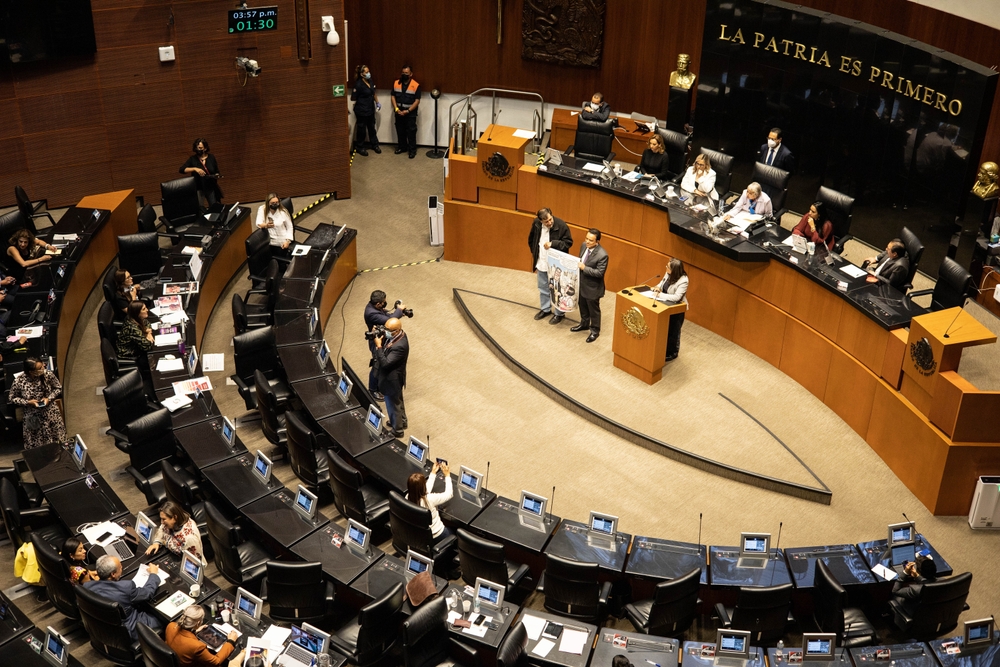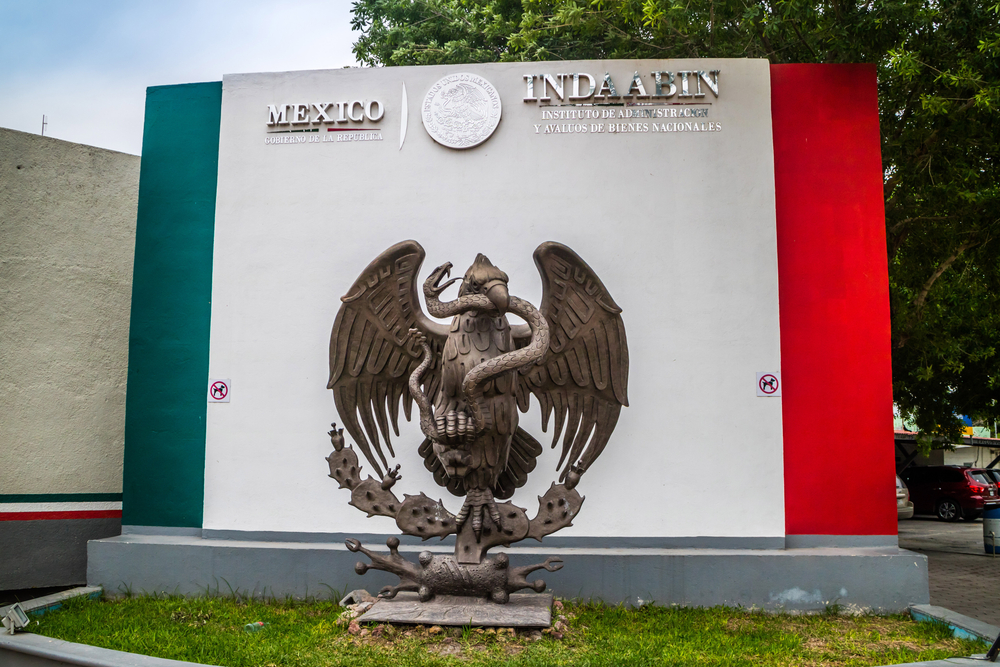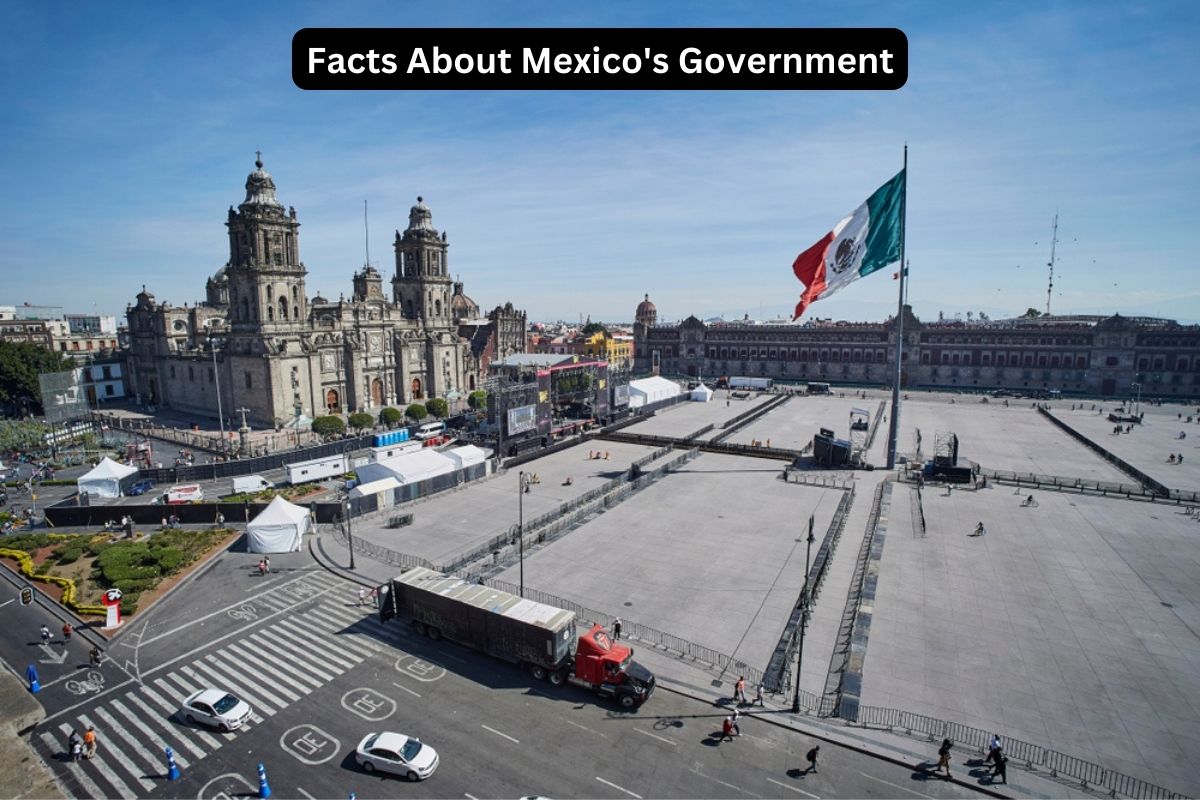Mexico’s governance structure, a reflection of its history and diversity, is both complex and dynamic.
This article offers a concise exploration of Mexico’s federal republic system, the presidency, bicameral legislature, and its multi-party political landscape.
We also touch on the principles of separation of powers, the role of the Supreme Court, and the interplay between the federal government, states, and municipalities.
Join us as we unravel the essentials of Mexico’s governance, shedding light on its constitutional framework and electoral processes.
Mexican Government Facts
1. Mexico is a federal republic
Mexico operates as a federal republic, meaning it is a union of states with a central federal government.
This structure allows for a division of powers between the national government and the individual states, with each having its own set of responsibilities and authorities outlined in the constitution.
2. The President serves as head of state and government
In Mexico, the President serves as both the head of state and the head of government. The President is elected through a direct popular vote for a single six-year term and wields significant executive powers, including the ability to appoint cabinet members, propose legislation, and conduct foreign affairs.

3. The legislature is bicameral, consisting of the Senate and Chamber of Deputies
Mexico’s legislative branch is bicameral, meaning it consists of two separate chambers. The Senate (Senado) and the Chamber of Deputies (Cámara de Diputados) make up the Mexican Congress.
Also Read: Timeline of the History of Mexico
Members of the Senate and the Chamber of Deputies are elected through a combination of direct elections and proportional representation, with each chamber having its own specific functions and responsibilities.
The Senate is composed of 128 senators, with each state electing three senators, and the remaining 32 senators allocated based on the proportion of votes received by each party in each state.
The Chamber of Deputies is composed of 500 deputies, with 300 elected directly from single-member districts and 200 elected through a proportional representation system based on party lists.
Together, these two chambers are responsible for making federal laws, approving the federal budget, and overseeing the actions of the executive branch.
4. Mexico has a multi-party system
Mexico has a multi-party system, meaning that several political parties compete for power and representation.
Historically, the three largest parties in Mexico have been the Institutional Revolutionary Party (PRI), the National Action Party (PAN), and the Party of the Democratic Revolution (PRD).
Also Read: Facts About Pancho Villa
However, other parties also play significant roles in Mexican politics, such as the MORENA party, which emerged as a major political force in recent years.

5. Powers are separated between executive, legislative, and judicial branches
Mexico’s government is based on the principle of the separation of powers, similar to other democratic countries like the United States.
This means that the executive, legislative, and judicial branches of government are distinct from one another and have specific powers and responsibilities.
- The executive branch, led by the President, is responsible for enforcing laws and implementing policies.
- The legislative branch, composed of the Senate and Chamber of Deputies, is responsible for making laws.
- The judicial branch, headed by the Supreme Court, interprets laws and ensures their constitutionality.
6. The Supreme Court is the highest judicial authority
The Supreme Court of Mexico (Suprema Corte de Justicia de la Nación) is the highest judicial authority in the country. It is composed of eleven justices, known as ministers, who are appointed by the President with the approval of the Senate.
The Supreme Court is responsible for interpreting the constitution, resolving disputes between different branches of government, and ensuring that laws comply with constitutional principles. Its decisions are binding and have far-reaching implications for the legal system and governance in Mexico.

7. Mexico is divided into 32 federal entities, including states and a federal district
Mexico is divided into 32 federal entities, which include 31 states and the federal district, now known as Mexico City. Each state has its own constitution, government, and legislature, consisting of a governor and a state congress.
Additionally, within each state, there are municipalities (municipios) which are further subdivided administrative regions. Municipalities are governed by municipal presidents (alcaldes) and councils (ayuntamientos), and they handle local administration and services.
8. The current Constitution was adopted in 1917
The Constitution of Mexico serves as the supreme law of the land and was adopted in 1917, following the Mexican Revolution.
It outlines the structure of the government, the rights and responsibilities of citizens, and the relationship between the federal government and the states. The Constitution has been amended several times throughout history to reflect social, political, and economic changes in the country.
9. Mexico uses a mixed-member proportional representation electoral system
Mexico utilizes a mixed-member proportional representation electoral system for its elections. This system combines elements of both first-past-the-post and proportional representation.
Under this system, voters cast two votes: one for a candidate in their single-member district and one for a political party.
Seats in the Chamber of Deputies are then allocated based on both the direct election of candidates and the proportion of votes received by each party on a national level, ensuring a fair representation of various political factions.
10. Mexico City is a separate federal entity with its own government
Mexico City, the capital of Mexico, was previously known as the Federal District (Distrito Federal). However, in 2016, it was officially renamed Mexico City and became a separate federal entity with its own government, similar to the states.
This change was aimed at granting Mexico City greater autonomy and allowing it to manage its affairs more independently from the federal government. As a separate federal entity, Mexico City has its own constitution, governor (previously called the Head of Government), legislature, and local administration.
